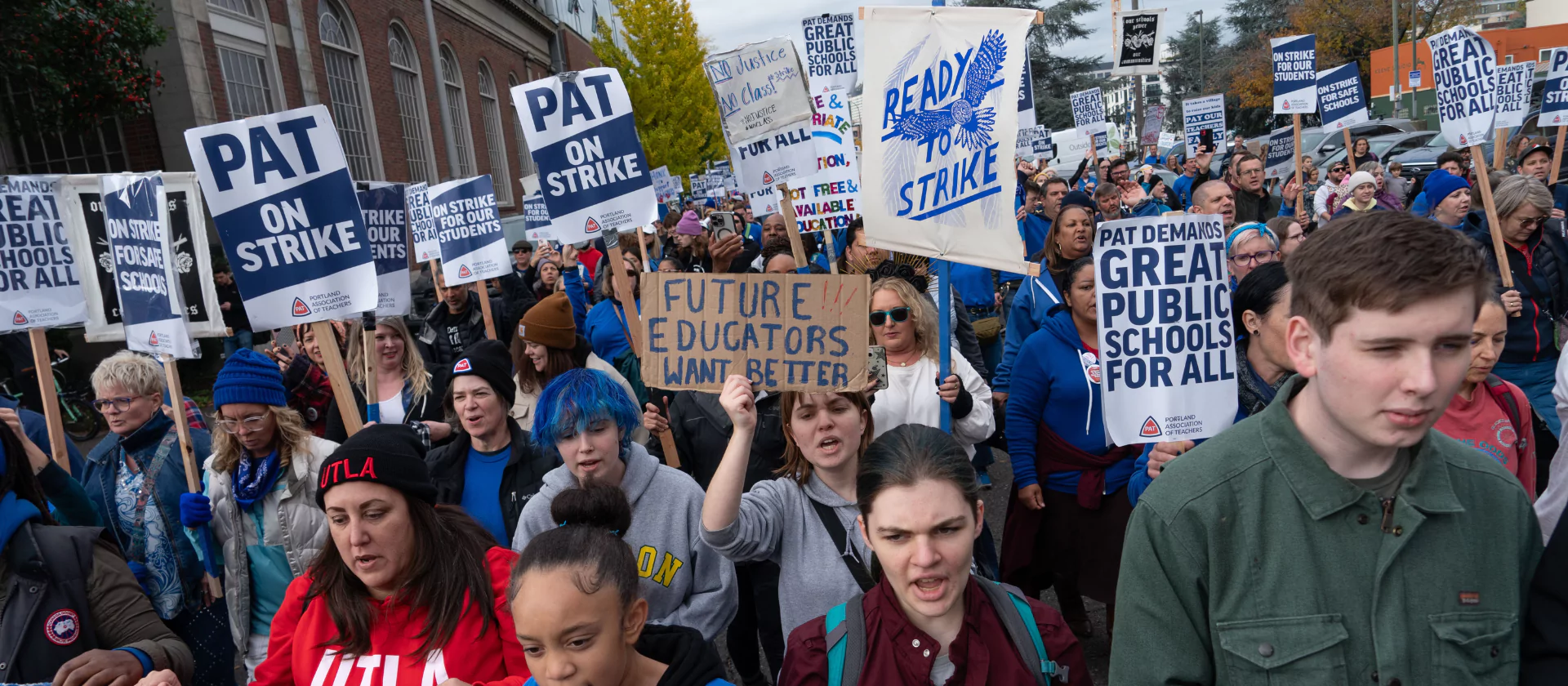Although Oregon’s unemployment rate is lower than it has been in decades, not every aspect of the state’s labor market looks rosy. A new report by the Oregon Center for Public Policy points out that more than one-third of counties in the state have yet to make up the job losses from the Great Recession and that the wages of the typical Oregonian have barely budged.
“By some measures, the Oregon jobs market has rarely looked better, but the statewide figures can mask the difficulties some communities are facing,” said OCPP policy fellow Audrey Mechling.
From a record high of 11.9 percent in 2009, Oregon’s unemployment had fallen to 4 percent by July 2019, according to the Center’s analysis of data from the Bureau of Labor Statistics. That was the lowest jobless rate since at least three decades back.
Yet, as of 2018, 14 Oregon counties — all but one of them rural counties — had not recovered the jobs lost during the Great Recession, the Center said. Those counties were Umatilla, Baker, Malheur, Lincoln, Union, Coos, Douglas, Lake, Gilliam, Klamath, Curry, Grant, Harney, and Crook counties.
Among all rural counties, the unemployment rate stood at 5.5 percent in 2018, compared to 3.6 percent in the counties making up the Portland-metro area.
The unemployment rate also remained uneven along racial and ethnic lines, according to the Center. The 2018 unemployment rate for Latino Oregonians stood at 5.6 percent, compared to 4.1 percent for White Oregonians. Prior analysis by the Center also found significantly higher levels of unemployment among Black Oregonians.
And despite the big swing from record level unemployment during the depths of the Great Recession to record low unemployment at the end of 2018, the typical Oregon worker has seen little in the way of a pay increase, the Center’s report said. Real hourly wages for the median earner in Oregon increased by only 3 percent from 2009 to 2018. Since 1979, wages for the median earner were up only 1 percent.
“When wages remain stagnant even in the face of one of the longest periods of economic expansion and lowest levels of unemployment, it’s time for lawmakers to put in place policies that increase the paychecks of workers,” Mechling said. “From boosting tax credits for working families to removing obstacles to unionization, there is much lawmakers can do.”






